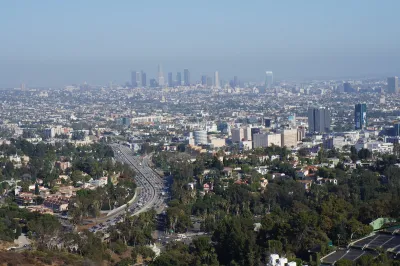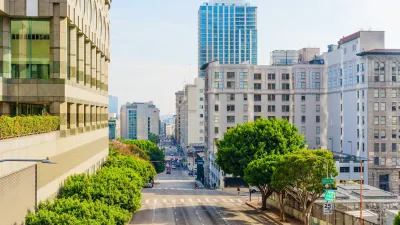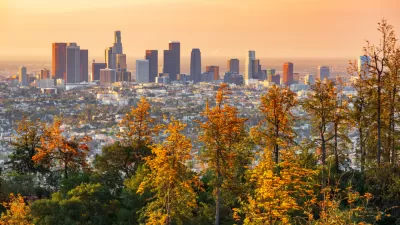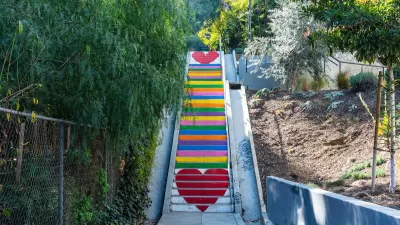A new USC study finds that relaxing Los Angeles’ outdated tree planting guidelines could significantly expand urban tree canopy and reduce shade disparities in lower-income neighborhoods, though infrastructure investments are also needed.

A new study by USC Dornsife’s Spatial Sciences Institute and Public Exchange reveals that Los Angeles’ strict and outdated tree planting rules are contributing to urban heat disparities, especially in under-resourced areas like Boyle Heights. These rules, originally created to protect infrastructure and public safety, are now limiting tree growth and widening the city’s “shade gap.” The researchers found that most of these restrictions are not codified in law but exist as internal city guidelines, which could be revised more easily to allow for more trees without compromising safety.
To explore the impact of looser planting regulations, the research team compared tree-planting capacity in Boyle Heights and Studio City. Though both areas share similar physical characteristics, Studio City has significantly more trees. Using mapping software and modeling more flexible guidelines seen in other California cities, the study found that Boyle Heights’ potential tree coverage could increase by 26 percent. However, narrow sidewalks and existing infrastructure still limit the types of trees that can be planted, with fewer large-canopy trees feasible in denser, lower-income neighborhoods.
The study also highlights how even small changes to planting guidelines — such as relaxing spacing around intersections, utility poles, and driveways — can significantly expand tree canopy in constrained areas. Since many of L.A.’s current rules are already widely violated without evident safety issues, researchers argue that updating internal guidelines is both practical and impactful. Still, to fully close the shade gap, broader infrastructure investments — like narrowing roads to create planting space — will be necessary. This research underscores the importance of rethinking urban forestry practices as a strategy for climate resilience and environmental justice.
FULL STORY: How changing L.A.’s tree rules could cool more neighborhoods

Planetizen Federal Action Tracker
A weekly monitor of how Trump’s orders and actions are impacting planners and planning in America.

Congressman Proposes Bill to Rename DC Metro “Trump Train”
The Make Autorail Great Again Act would withhold federal funding to the system until the Washington Metropolitan Area Transit Authority (WMATA), rebrands as the Washington Metropolitan Authority for Greater Access (WMAGA).

The Simple Legislative Tool Transforming Vacant Downtowns
In California, Michigan and Georgia, an easy win is bringing dollars — and delight — back to city centers.

The States Losing Rural Delivery Rooms at an Alarming Pace
In some states, as few as 9% of rural hospitals still deliver babies. As a result, rising pre-term births, no adequate pre-term care and harrowing close calls are a growing reality.

The Small South Asian Republic Going all in on EVs
Thanks to one simple policy change less than five years ago, 65% of new cars in this Himalayan country are now electric.

DC Backpedals on Bike Lane Protection, Swaps Barriers for Paint
Citing aesthetic concerns, the city is removing the concrete barriers and flexposts that once separated Arizona Avenue cyclists from motor vehicles.
Urban Design for Planners 1: Software Tools
This six-course series explores essential urban design concepts using open source software and equips planners with the tools they need to participate fully in the urban design process.
Planning for Universal Design
Learn the tools for implementing Universal Design in planning regulations.
Smith Gee Studio
City of Charlotte
City of Camden Redevelopment Agency
City of Astoria
Transportation Research & Education Center (TREC) at Portland State University
US High Speed Rail Association
City of Camden Redevelopment Agency
Municipality of Princeton (NJ)





























